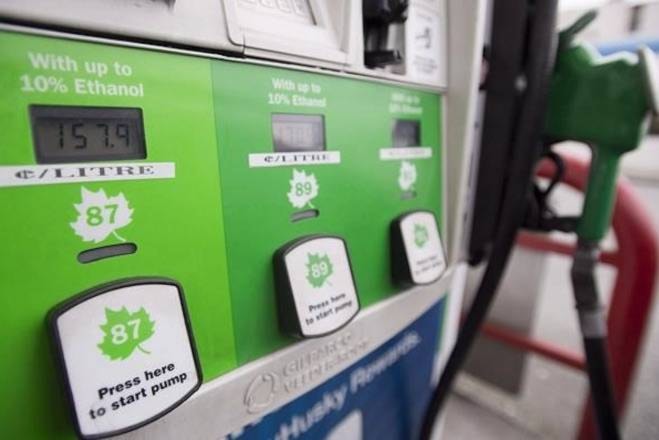The Mobility Pricing Independent Commission presented its final report to the Mayors’ Council and TransLink’s board of directors Thursday.
The report includes the potential to reduce congestion by up to 25 per cent in Metro Vancouver.
But at a cost, in the form of a decongestion charge.
Commission chair Allan Seckel said it’s easy to characterize a decongestion charge as a money grab or just another tax.
“The paradox is that the less you charge, the more it would be just that. The charge needs to be set at a level sufficient to unlock the considerable benefits of reduced congestion and more efficient mobility.”
The commission is suggesting regional congestion point charges of $5 to $8 a day. Times that by five, for most. Times four. Times 12. That’s about $1,500 a year per vehicle.
In all, the commission said such a charge could net up to $1.5 billion a year in Metro Vancouver.
The commission, alternatively, suggests multi-zone distance-based charges, of $3 to $5 a day, as well as reducing or eliminating fuel taxes and other charges. Metro Vancouver drivers pay more than 43 cents of tax – 17 of which is regional – per litre of gasoline.
Revenue from such distance-based charges would be invested in “more affordable” transportation options, could reduce other costs of driving and offset those on low incomes, according to the commission.
It recommends more study before decision-makers consider next steps in designing a mobility pricing policy that is “fair and affordable.”
From its research of experiences in other cities the commission knows public support is low before implementing a decongestion charge, but said a design is possible that does not disadvantage those traveling longer distances. It claims the region cannot remain at a standstill.
So after much study, the great vision is to tax commuters more? Based on how much and how far they drive, and at the busiest junctures?
So those who have the fewest options and furthest to travel would pay the most?
– Maple Ridge-Pitt Meadows News
